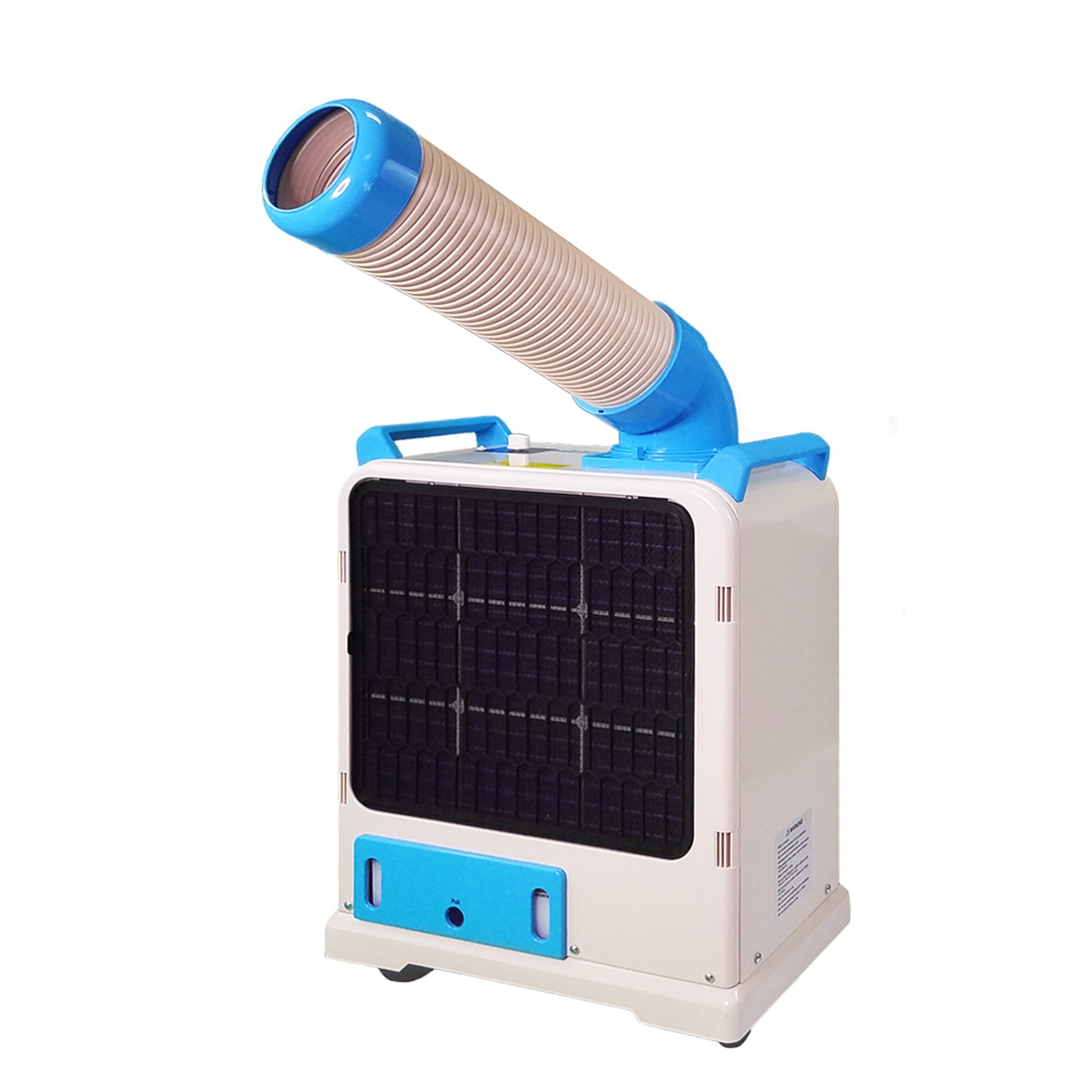

- #Movable air conditioner manual#
- #Movable air conditioner portable#
- #Movable air conditioner windows#
The owner’s manual says that you’ll need to drain condensate only under extreme conditions.
#Movable air conditioner portable#
The portable a/c’s maintenance is pretty easy. The result is smooth, clean, cold air softly delivered over a broad area. You manually set the output louver vertical direction to adjust the appliance’s throw (HVAC lingo for how far the air conditioner pushes the air), but behind those louvers is an oscillating louver that shifts automatically left to right. We liked the BPACT14H’s air distribution. This Black & Decker portable air conditioner is best suited to small-room cooling, perhaps even supplementing a central-air system in a tall condominium or townhouse that has an uncomfortably warm upstairs room. Condensate removed: Produced no measurable condensate.Modes: Cool, fan only, dehumidify, heat pump/heat.We tested the LG LP1419IVSM and Black & Decker BPACT14H and included several others that we think are worth investigating based on their attractive features or because the appliance earned high marks from our colleague publication Good Housekeeping and its staff of engineers. A higher number is better in that it indicates you get more cooling BTUs for your dollar. To analyze the cooling value of these appliances, we divide their cooling BTU by their cost. We run the appliances on a hard surface that amplifies rattles and squeaks. We also check the appliance’s outlet temperature (it should be consistent and a lot hotter than what the air conditioner is putting into the room). Then we measure the temperature at four locations on the target using an infrared thermometer and thermocouples. We then set the temperature on each air conditioner to 68 degrees and the fan speed to maximum, aiming the appliance at a target 8 feet away.
#Movable air conditioner windows#
We place each portable air conditioner inside of the same room made up of tall windows that take in a strong amount of sun. That's not a perfect solution, however, since now you have two lare, warm hoses in the living space that you are trying to cool. The appliance does not eject indoor air, thus the air pressure inside the dwelling remains more consistent. To solve the pressure drop problem, manufacturers invented the dual-hose design, which uses warm outdoor air to reduce the temperature of the condenser. This negative pressure causes the living space to draw increased air from the outdoors in order to maintain a pressure equilibrium. Single-hose models create a slight pressure drop inside the house, since they are exhausting indoor air in the process of cooling the condenser. It's logical to ask whether a single hose appliance is better than a dual-hose model or vice versa. Some of these dual-hose appliances are configured as a hose within a hose so that only one hose is visible. One hose takes in outdoor air and uses it to cool the hot condenser coil and then discharges the heated air through the second hose. Two-hose models are slightly more complex and may be more expensive than some single-hose models.

One-hose appliances take in cooled room air and use it to cool the extremely hot condenser coil. Some portable air conditioners have one hose while others have two. In other cases, the tube leading from the air conditioner’s drain pan can lead to a condensate pump that will pump the liquid water to the outside or to a drain elsewhere in the building. In the rare instances where the portable air conditioner is located near a floor drain, the condensate can be simply run through a tube to the drain. Or the air conditioner itself may sling the moisture against the hot part of the coil where it will be converted back to vapor and expelled in the exhaust. Known as condensate, the water that was condensed out of the air may be disposed of in any number of ways. A fan blows over this hot coil, and the heat energy is released outside. At this point, all its heat energy is concentrated in a small area. The vapor in the air condenses on the coil, drips off, and collects inside of a pan for easy dumping.Īs for the cold refrigerant gas, it gets sucked back to a compressor, where it changes phase, converting from a gas to a liquid. There, it comes into contact with the cold coil surface. Meanwhile, the appliance draws in moisture vapor suspended in the room’s air. This cold air enters the room and begins to mix with the hot air in the room, lowering its temperature. The temperature of the air drops as it passes over the cold coil. Inside the coil is refrigerant gas that’s at a much lower temperature than the room’s air. Portable air conditioners take in air that’s hot, stale, and humid, and blow it over a cold metal coil.


 0 kommentar(er)
0 kommentar(er)
